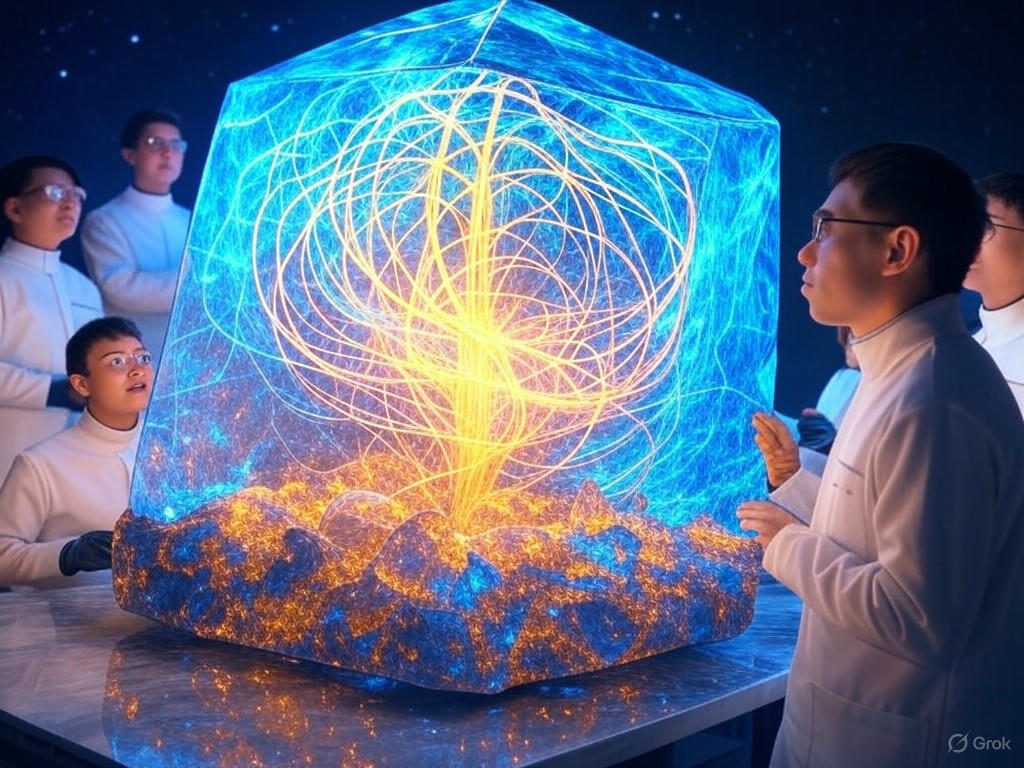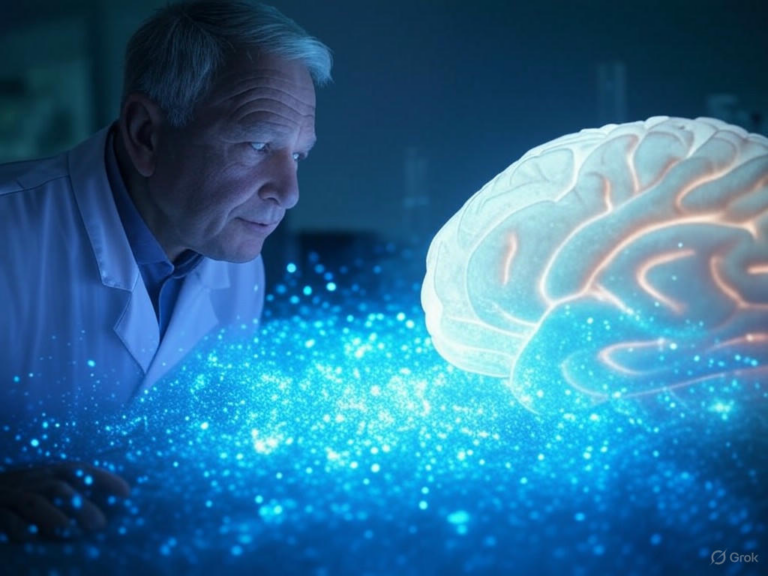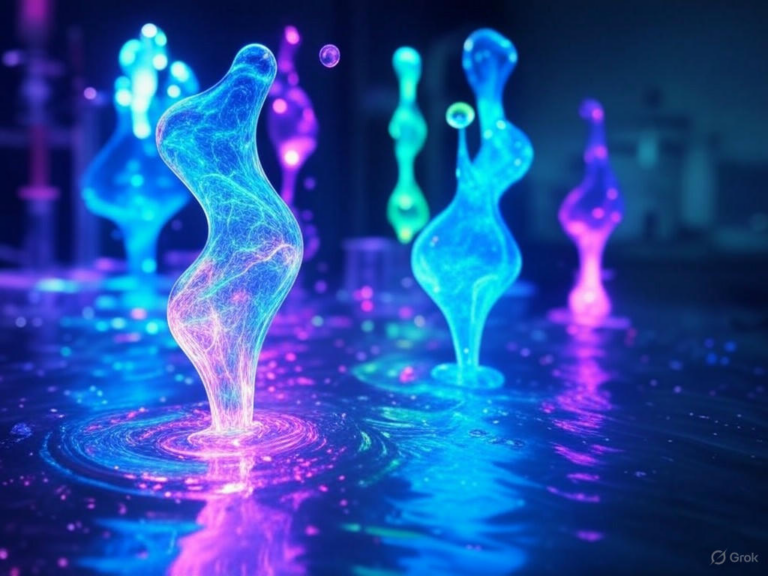
Chiral Quantum State Discovered in Topological Material by Physicists
Breakthrough in Quantum Physics: The Chiral Quantum State Unveiled
In the ever-evolving world of quantum physics, a team of physicists has just revealed a fascinating chiral quantum state within topological materials. This discovery, announced on May 7, 2025, settles a heated debate about how these materials naturally support quantum phenomena. Imagine unlocking secrets that could redefine our tech future—it’s that exciting.
Have you ever wondered how tiny particles behave in ways that defy everyday logic? This chiral quantum state is a prime example, offering new insights into quantum matter and sparking potential revolutions in quantum computing and advanced electronics. By studying this state, researchers are opening doors to technologies that might one day power faster, more efficient devices in our daily lives.
Exploring Topological Quantum Materials
Topological quantum materials stand out in the materials science world for their unique electronic structures, far from what we see in everyday metals or insulators. These materials have sparked intense interest since their discovery, drawing researchers eager to uncover their secrets. What if we could harness properties that make electrons move with almost no resistance?
They feature topologically nontrivial setups, leading to remarkable traits like high-mobility states and spin-momentum locking. From quantum Hall effects to Majorana modes, these materials are a playground for innovation. Topological insulators, for instance, conduct electricity only at their edges, and this property stays robust against imperfections—think of it as a built-in shield for quantum behavior.
Why Chirality Matters in Quantum Physics
Chirality, that mirror-image asymmetry we see in everything from DNA to now quantum states, is key here. Scientists detected this chiral quantum state by examining how light interacts with matter on the material’s surface. Picture a photon with the right polarization kicking out an electron with a specific spin—it’s like nature’s own puzzle piece fitting perfectly.
This breakthrough deepens our grasp of quantum materials, especially at their surfaces where unexpected things happen. Could this lead to tools that manipulate light and matter in ways we’ve only dreamed of? It’s a step toward richer applications in tech and science.
Discovering Chiral Currents: A New State of Matter
At the heart of this discovery is a chiral quantum state that manifests as chiral currents, a fresh way electrons cooperate on an atomic level. Unlike traditional magnetic materials that rely on electron spin alignment, these currents emerge from collective electron movements, creating something entirely new. This isn’t just theory; it’s a tangible state that could change how we think about matter.
Federico Mazzola from Ca’ Foscari University of Venice led the team and shared his excitement: “This chiral quantum state might enable electronics where information travels via these currents instead of charge, potentially transforming device efficiency.” Published in Nature, their work highlights how this state enriches our understanding of surface dynamics. What does this mean for you? It could mean gadgets that run cooler and faster, without the usual energy waste.
The Growth of Topological Quantum Science
The field of topological quantum science has exploded in recent years, with labs like the one at Princeton pushing boundaries in quantum matter. Key milestones include the first detection of novel surface states in topological insulators and the 2012 discovery of Chern gaps in topological magnets. These steps have built a foundation for exploring chiral quantum states and beyond.
By 2015, researchers observed Weyl fermions and unique surface states in semimetals, alongside advances in phase transitions and magnets. Even room-temperature topological materials are now a reality, making practical uses more achievable. If you’re into cutting-edge science, this evolution shows how persistent curiosity leads to real-world breakthroughs.
Advances in Two-Dimensional Materials and Their Connections
Two-dimensional materials are complementing the study of chiral quantum states, with recent breakthroughs like plasma-assisted doping of transition metal dichalcogenides. Researchers used methane to introduce carbon-hydrogen units into materials like WS2, creating stable structures that tweak electronic properties. This technique, detailed in a recent study, allows for precise control over material behavior.
By adjusting doping levels, they observed changes in electronic transport, opening doors for engineering custom 2D materials. How might this tie into chiral quantum states? It could enhance the stability and functionality of topological materials, making them even more versatile for future tech. Think of it as fine-tuning a high-performance engine for quantum applications.
Future Applications: Harnessing the Chiral Quantum State
The chiral quantum state in topological materials promises to reshape technology, from quantum computing to everyday electronics. As Mazzola pointed out, this could lead to chiral optoelectronic devices that are more efficient and innovative. Imagine devices that use these states to process data without losing energy to heat—what a game-changer that would be.
Revolutionizing Quantum Computing
The edge conductivity in topological insulators offers perfect electron flow, where no energy is wasted and electrons don’t backtrack. This makes it ideal for quantum computers that resist decoherence, a common hurdle in the field. With this chiral quantum state, we might build systems that are more stable and powerful, potentially solving complex problems in seconds.
Ever pondered how quantum computing could impact AI or drug discovery? This stability could make it a reality sooner, offering reliable platforms for advanced computations. It’s not just sci-fi; it’s on the horizon.
Transforming Electronics and Beyond
Switching to chiral currents for information carriers could mean electronics that are faster, more energy-efficient, and less prone to overheating. Benefits include quicker processing and greater reliability, which might redefine smartphones, laptops, and more. What if your next device never lagged or overheated during heavy use?
In quantum sensors, this state could enable ultra-sensitive detection for biomedical applications, like spotting diseases early through precise biological markers. Additionally, in renewable energy, topological materials might improve solar cells and energy storage, capturing more power with less waste. Here’s a tip: Keep an eye on how these developments could make sustainable tech more accessible.
The Bigger Picture: Innovations in Materials Science
This chiral quantum state fits into a larger wave of materials discovery, including Weyl semimetals and twisted graphene. Scientists are exploring heterostructures to study quantum processes and quasiparticles, aiming for new applications. It’s a vibrant field where each finding builds on the last, potentially transforming industries.
For instance, combining these materials with 2D layers could create hybrid systems with enhanced properties. If you’re curious about science, consider how this ongoing research might influence everything from medicine to energy solutions. The possibilities are endless.
Wrapping Up: The Impact of This Discovery
In essence, the chiral quantum state in topological materials is a milestone that bridges theory and practical innovation. It’s not just about advancing knowledge—it’s about creating technologies that could improve our world in tangible ways. From stable quantum computers to efficient electronics, the ripple effects are profound.
As we look ahead, what new surprises might emerge from these quantum explorations? I’d love to hear your thoughts—drop a comment below, share this with a fellow tech enthusiast, or check out our other posts on emerging sciences for more insights. Let’s keep the conversation going!
References
1. Researchers unveil novel chiral quantum state in topological material. Bioengineer.org
2. Zahid Hasan Group Home. Princeton.edu
3. Zahid Hasan Group Publications. Princeton.edu
4. Quantum materials in a new state with chiral properties. Phys.org
5. Topological quantum materials. Cambridge.org
6. Plasma-Assisted Doping of Monolayer TMDs. ACS.org
7. Recent advances in quantum materials. Phys.org (related context)
8. Video on quantum states. YouTube.com
chiral quantum state, topological material, quantum physics, topological quantum matter, chiral current, quantum technologies, quantum computing, advanced electronics, condensed matter physics, quantum sensors







